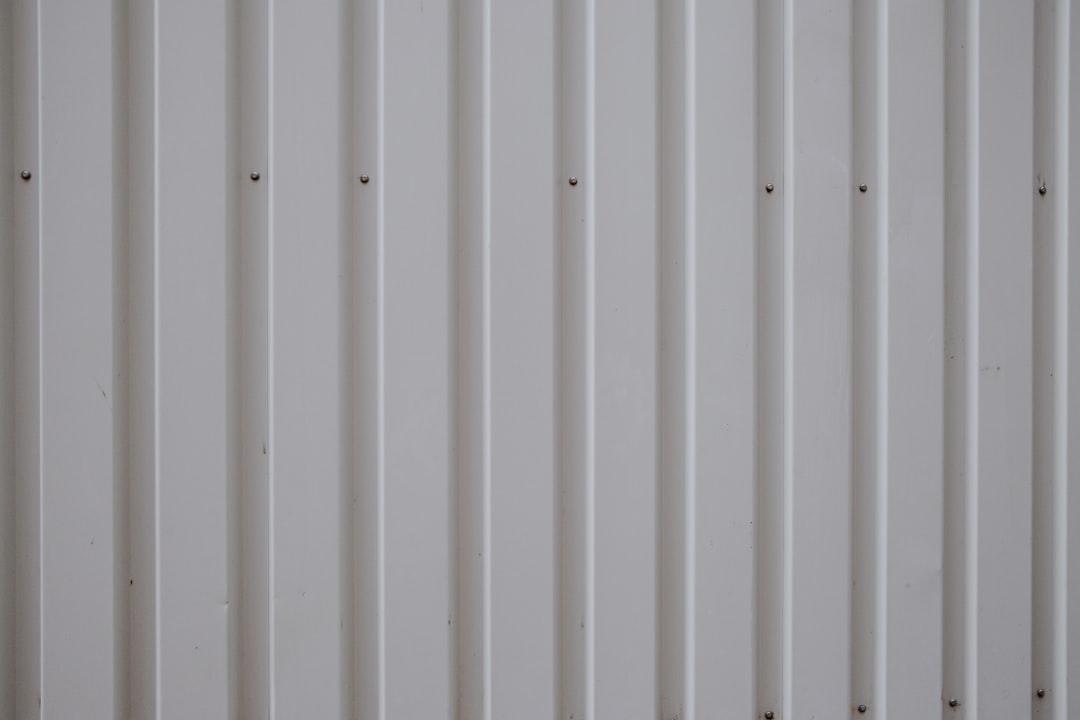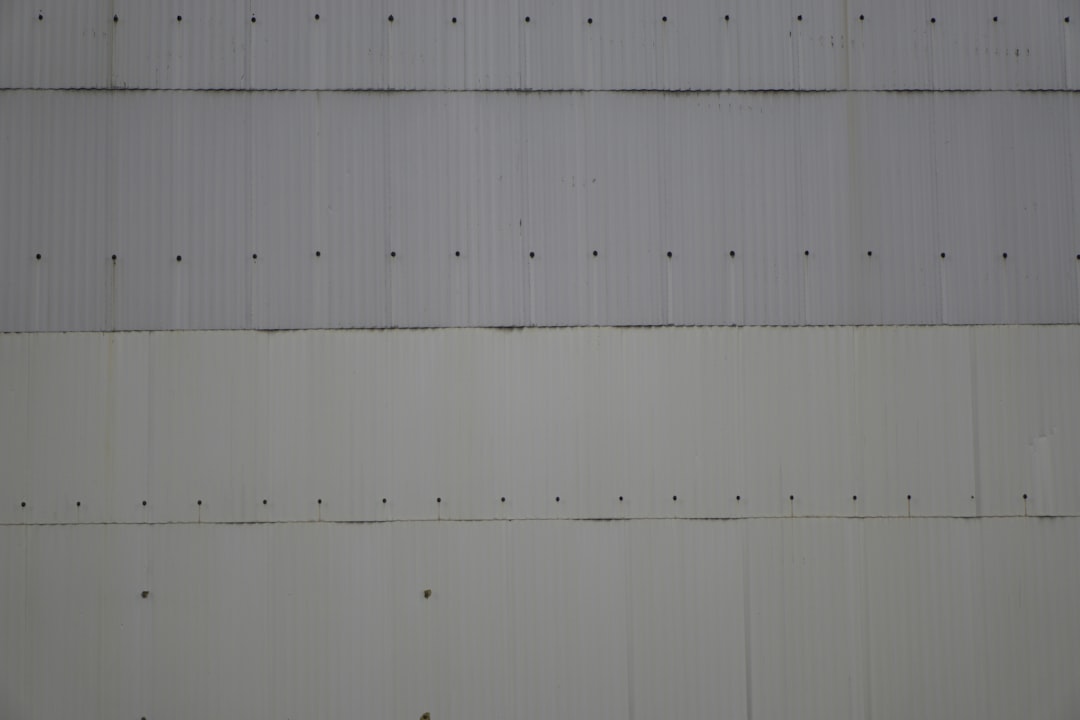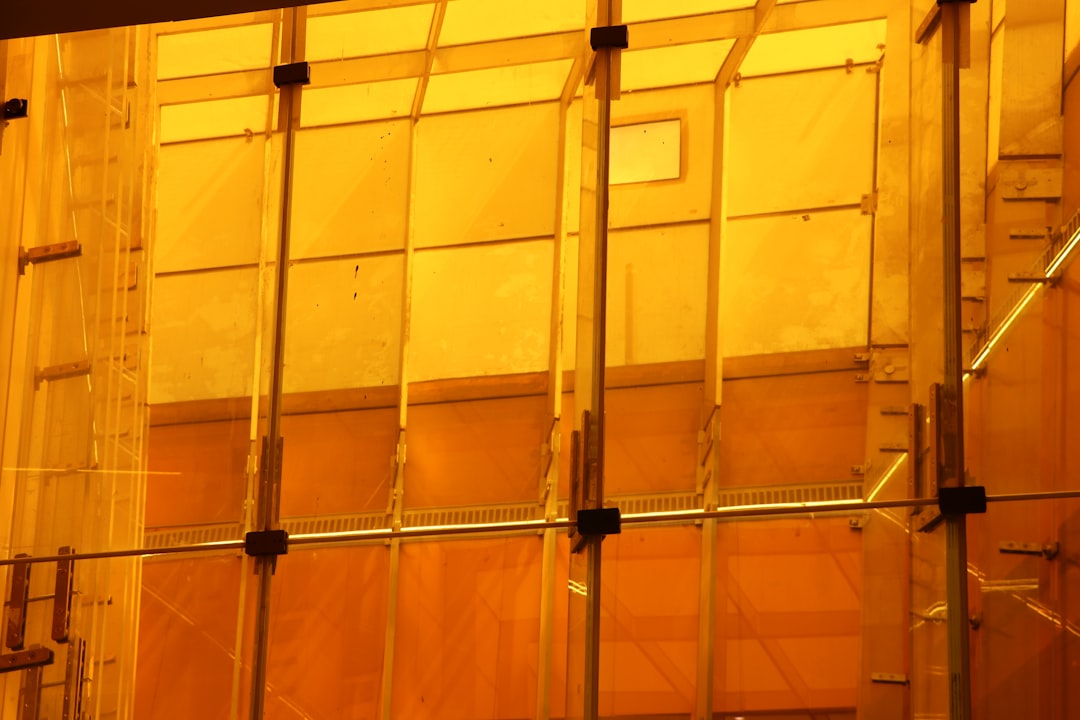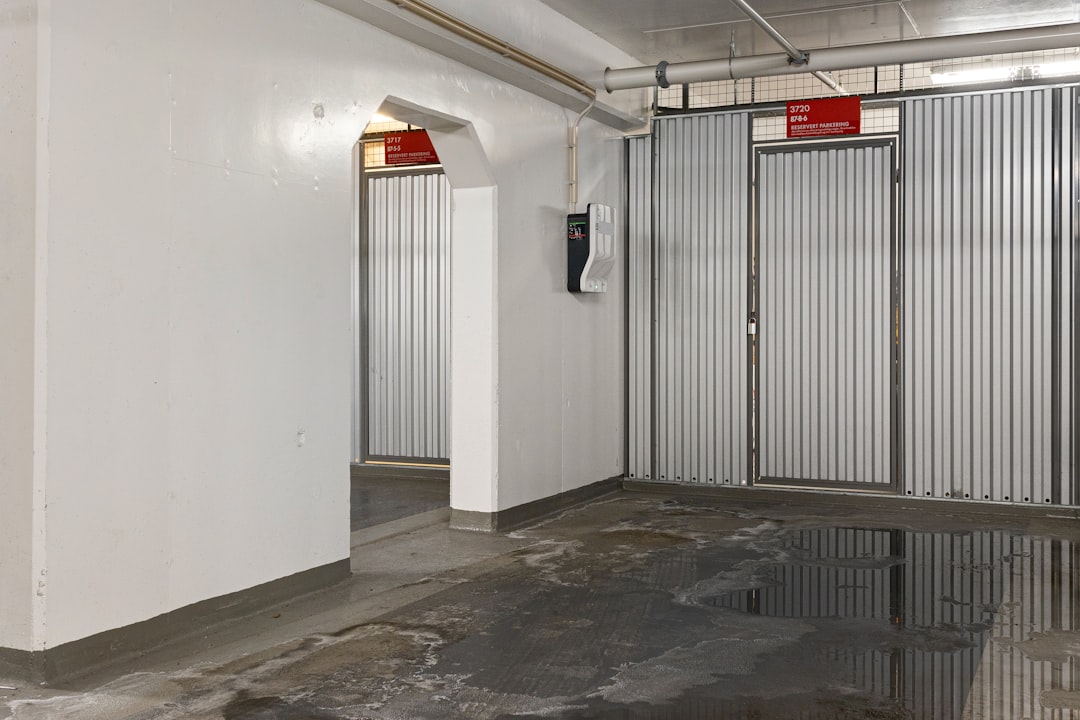

Engage prospects with a scan and streamline customer engagement with FREE QR code marketing tools by Sona – no strings attached!
Create a Free QR CodeFree consultation

No commitment

Engage prospects with a scan and streamline customer engagement with FREE QR code marketing tools by Sona – no strings attached!
Create a Free QR CodeFree consultation

No commitment
Lead generation is the process of attracting and converting prospects into potential customers. If your firm operates in drywall installation services, you already understand how crucial it is to connect with general contractors, property managers, builders, and homeowners at the exact moment they are ready to act. While the header references Google Ads, the strategic concept maps cleanly to QR code marketing engagement: use precise targeting to spark high‑intent actions and then measure outcomes that drive revenue. QR codes can play the same conversion role that paid search plays online: they connect physical moments of interest with digital destinations that capture demand, qualify prospects, and schedule work.
For drywall companies, QR codes can be optimized to capture high‑quality leads by turning every offline touchpoint into a conversion gateway. Yard signs, box truck wraps, jobsite fencing, invoices, and proposal packets can all carry a QR code that drives a concrete action such as request a bid, schedule a walkthrough, upload plans, or approve a change order. When you combine clear calls to action with dynamic codes and trackable URLs, you create a measurable pipeline of opportunities that moves faster than traditional phone calls or email exchanges.
Google Ads matters to manufacturers because it puts them in front of decision makers at the right time. The same rationale explains why QR codes matter to drywall installation services. Decision makers often encounter you in the field, on a jobsite, at a builder’s association event, or via a print mailer or truck graphic. QR codes remove friction by giving those prospects instant access to a digital next step: upload plans, book a site visit, or check crew access protocols with one scan and zero data entry.
QR codes also carry the data disciplines that made search advertising indispensable. With dynamic codes powered by a platform like Sona QR, you can measure who scanned, when, and from what location. You can also route each scan to the best destination and switch landing pages without reprinting. The result is a field‑ready system that turns your physical presence into a measurable, optimizable lead engine, much like search ads do for digital visibility.

Manufacturers often run a portfolio of campaigns: search for demand capture, display for awareness, remarketing for persistence, and video for storytelling. Drywall installation teams can mirror this strategy in the offline world using QR codes that act as the connective tissue across placements, messages, and stages of the buyer journey.
When you treat QR placements as a coordinated portfolio rather than single-use stickers, you can plan spend and creative like a media mix. The payoff is higher scan volume, clearer attribution, and faster conversion cycles that rival the efficiency of well-run ad campaigns.
In today’s digitally driven world, QR codes have evolved from a novelty to a strategic powerhouse for bridging offline engagement with online action. For drywall installation services, QR codes represent a fast and reliable way to enable access to plans and specifications, to site check‑ins and approvals, to quotes and scheduling, and to post‑install support. A single scan can replace paper packets, phone tag, and manual data entry.
This guide shows how to deploy QR codes across your field operations and marketing stack to improve speed, reduce friction, and capture measurable value. You will learn where to place codes, what actions they should trigger, how to track performance, and how to connect scans to revenue using Sona QR and Sona.com.

QR codes bridge the gap between physical touchpoints and digital outcomes, which makes them ideal for enabling access to the actions and information your stakeholders need. In drywall, access often means fast entry to building plans, secure jobsite check‑ins, inspection signoff flows, or immediate quote requests. The faster someone reaches the right destination, the more likely you are to win the job or keep a project on schedule.
Here is how to do it effectively:
Outdated analog processes are ready for replacement. Printed brochures become interactive galleries with a scan. Paper sign‑in sheets become digital time stamps tied to safety acknowledgments. Manual plan handoffs become digital plan uploads that correctly route to estimating. QR codes turn each of these friction points into a single smooth step that reduces errors and speeds up work.
And yes, Sona QR is built to support every step of this transformation, from dynamic code generation to CRM integration and multi-touch attribution.
QR codes solve modern challenges that drywall companies face every day. Your prospects interact with you in physical contexts: on a jobsite, at a trade counter, or while reviewing a proposal. Without a fast bridge to digital action, interest fades, paperwork gets lost, and approvals stall. QR codes close that offline-to-online gap within seconds.
By folding QR codes into the everyday materials drywall teams already use, you turn static touchpoints into real-time gateways that accelerate approvals, improve safety compliance, and convert interest into revenue. For a broader primer on tactics, see this overview of QR code marketing.
QR codes come in several formats, each suited to a specific field task in drywall. Selecting the right type increases conversion and reduces user confusion. With Sona QR, you can generate all formats and manage them in one place.
Most drywall workflows benefit from web link and form-based destinations, since they remove friction for quoting and approval. Use vCards to streamline relationship building, and reserve SMS or email triggers for time-sensitive issues such as on-site support or inspection requests. For networking use cases, see tips to share contact info with QR.

The best QR deployments meet your audience where they already stand. Drywall buyers and collaborators operate around jobsites, offices, neighborhoods, and retail stores. Put scannable gateways on the media they see most often, then align the destination with their intent.
Align each placement with a purpose. A yard sign should invite quotes, a safety board should support check‑ins and manuals, and an invoice should move the customer to pay or review. Matching environment and action ensures scans translate into outcomes.

Drywall work involves multiple stakeholders and stages, which makes it perfect for high-impact QR use cases. Below are several proven scenarios aligned with common interactions.
First, focus on the highest friction moments in your workflow. Where do you experience delays: plan handoffs, change order approvals, or site access tracking? Then anchor a QR action at each of those points, and measure the lift in speed, accuracy, and customer satisfaction.
Each use case should be measured with a simple funnel: scans, conversions, and downstream impact. Over time, you will build a portfolio of placements that predictably improve job throughput and new business wins.
Every scan reveals intent and context. That signal can be captured, segmented, and used to personalize follow‑up communications. Drywall companies can build rich audiences by deploying multiple codes across the buyer journey and operations.
Begin by labeling QR codes by stage. Awareness codes appear on truck wraps and neighborhood mailers. Consideration codes live on brochures, proposals, and trade counter displays. Conversion codes show up on estimates, change orders, and payment pages. This structure lets you retarget based on proximity to purchase and content interest.
For drywall, helpful segments might include general contractors vs. homeowners, commercial vs. residential inquiries, new build vs. remodel, and pre-bid vs. urgent repairs. Use these distinctions to present the right message at the right moment, then let automation carry the load.

QR codes are connectors that unify offline materials and digital journeys. Drywall installation services rely heavily on physical media, so QR integration magnifies the value of every piece you print or place. Along the way, you gain new data from channels that were previously hard to measure.
Here are five common channels for drywall teams and how QR codes enhance them:
QR codes serve as the offline onramp to your digital marketing engine. A centralized platform like Sona QR lets you manage codes, monitor performance, and sync scan data with your CRM and ad platforms so every channel works in harmony.
Getting from idea to impact requires a simple, repeatable process. Use this checklist to plan and launch QR campaigns that unlock access at critical moments in your drywall workflow. Each step emphasizes clarity, scannability, and measurable outcomes.
Consistency matters. When your team follows a shared checklist, you reduce errors, test variables intentionally, and create reliable benchmarks for future campaigns. Start small with one or two use cases, prove the lift, then expand.
Define your campaign goal such as plan upload for bid, change order approval, or site safety check‑in. Align the QR code’s purpose with a clear business outcome like increase quote requests from yard signs by 30 percent or reduce check‑in time at Site A by 50 percent. For drywall, a practical starting point is event RSVPs for a builder open house or a scan-to-schedule link on proposal packets.
Choose between static and dynamic codes. Static is fine for unchanging destinations like your homepage or a PDF of your safety manual. Dynamic codes are best for trackable, editable links and campaign optimization. If you want data, retargeting, or future flexibility, go dynamic with Sona QR and add UTMs for granular attribution.
Add your logo, brand colors, and a clear CTA such as Scan to upload plans or Scan to check in. Ensure sufficient contrast and white space. Test scans on multiple devices, from varied angles and distances, and in different lighting conditions typical of jobsites. Validate that the destination loads quickly on cellular connections.
Select placements that match your growth plan and the user’s context: jobsite signage for safety and check‑ins, vehicle wraps and yard signs for quotes, supplier counter displays for trade leads, proposals and invoices for approvals and payments. Place codes at eye level when possible, and keep a simple line-of-sight to minimize scanning friction.
Use Sona QR to track scans by time, location, device, and campaign source. Monitor conversion behavior and drop‑off points on the destination page. A/B test CTAs, landing page layouts, and visual frames around the code. Reallocate print inventory and placements toward the highest performing codes and disable underperformers with a single switch in Sona.
QR codes are more than engagement gimmicks. For drywall teams, they are a pipeline instrument that moves projects forward and produces measurable value. To prove impact and optimize spend, you need visibility from the scan all the way to the invoice. Knowing that someone scanned is helpful; knowing they uploaded plans that led to an $80,000 tenant improvement contract is essential. For measurement strategy, see Sona’s blog on offline attribution.
Traditional tools often stop at basic scan counts. Sona QR and Sona.com extend visibility by capturing rich context, syncing it with your CRM, and attributing revenue back to the origin code. This closes the loop between marketing, operations, and finance.
Sona QR captures real-world interactions. Sona.com turns those interactions into actionable insights, helping your team allocate resources to the codes and channels that produce the most revenue.
A few best practices can dramatically increase scan rates and conversion quality. Focus on clarity, context, and continuity. Make it obvious what the scan delivers, ensure the code fits its environment, and keep the journey moving with automated follow‑ups.
Choose the tips below that align with your most common media and workflows, then complement them with one or two creative placements that surprise and delight.
You can generate and track your first QR codes for free with Sona QR. Start creating QR codes for free.
QR codes are more than a shortcut. They are a strategy for drywall installation services that turns every physical surface into a digital entry point and every moment of interest into a moment of action. When you reduce the steps between intent and outcome, you accelerate bids, streamline approvals, and improve jobsite safety.
Here is what QR codes deliver:
With Sona QR and Sona.com, you have everything you need to capture demand at the source, transform field operations, and convert scans into measurable results.
QR codes have transformed drywall installation services from traditional, paper-heavy processes into streamlined, interactive workflows that boost efficiency and client satisfaction. Whether it’s simplifying access to project details, enhancing communication with contractors, or providing instant updates on installation progress, QR codes replace cumbersome methods with quick, mobile-friendly solutions that keep every stakeholder informed and engaged.
Imagine instantly sharing precise drywall specifications, warranty information, or maintenance tips with customers right at the job site—no delays, no confusion. With Sona QR, you can create dynamic, trackable QR codes in seconds, update content on the fly without reprinting, and monitor which codes drive the most engagement and referrals. No wasted effort, no missed connections—just smarter, more effective drywall service delivery.
Start for free with Sona QR today and turn every scan into a seamless interaction, a satisfied customer, or a new business opportunity.
Look for drywall installation services that use clear calls to action, offer fast access to quotes and approvals, and utilize tools like QR codes to improve communication and project tracking.
The article does not specify the average cost for drywall installation.
The article does not cover specific signs indicating the need for drywall repair.
The article does not provide information on the time required to install drywall in a house.
QR codes enable fast access to quotes, plan uploads, approvals, and safety check-ins; reduce paperwork and errors; provide measurable data on engagement; improve communication speed; and integrate physical touchpoints with digital workflows.
Use Sona QR's trackable codes to improve customer acquisition and engagement today.
Create Your FREE Trackable QR Code in SecondsJoin results-focused teams combining Sona Platform automation with advanced Google Ads strategies to scale lead generation

Connect your existing CRM

Free Account Enrichment

No setup fees
No commitment required

Free consultation

Get a custom Google Ads roadmap for your business






Launch campaigns that generate qualified leads in 30 days or less.
